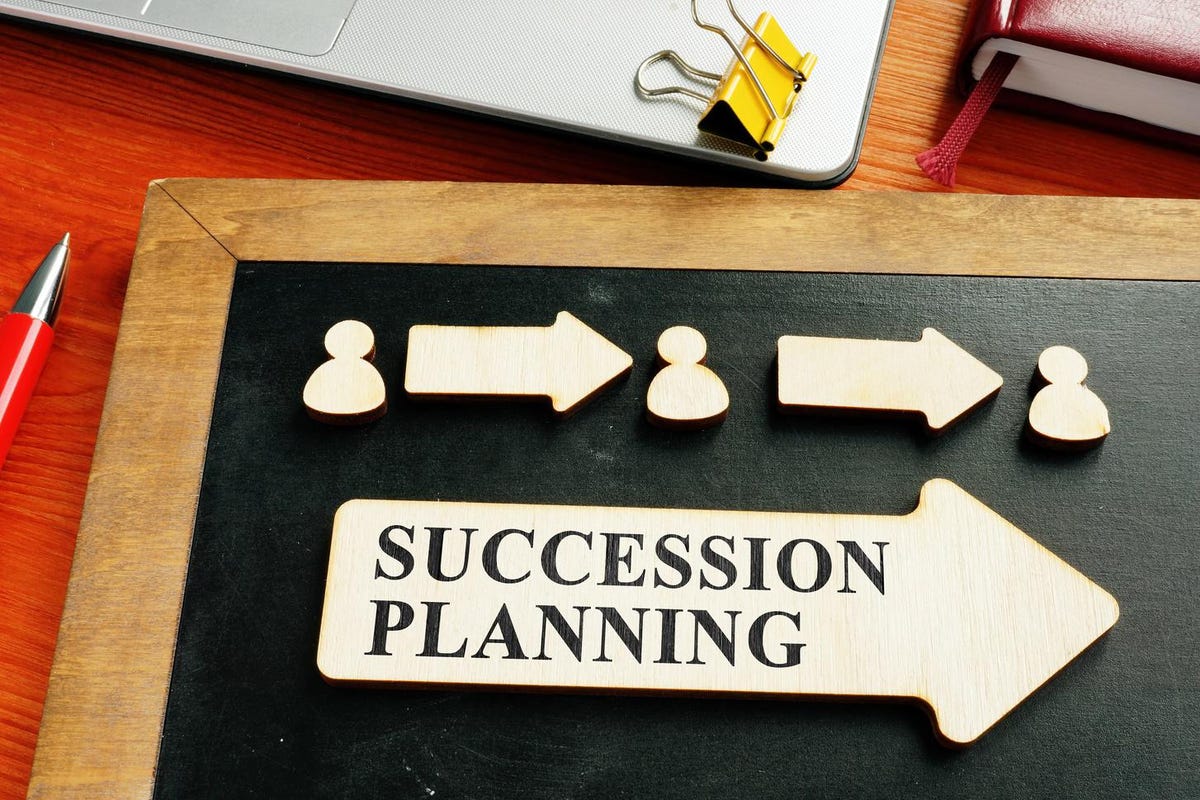Founding a company is a remarkable achievement, but at some point, every founder-CEO contemplates the idea of stepping down and passing the baton to a new leader. The recent saga of Ryan Petersen, the former CEO of Flexport, who returned to his startup after a succession mishap, reminds us that succession planning is crucial. It’s never too early for founders to start considering their exit strategy and ensuring a seamless transition to new leadership.
Key Takeaway
Succession planning is a vital aspect of long-term company stability and growth. Founders should begin considering their exit strategy from the early stages of their startups, even if they don’t have a specific timeline in mind. Assessing personal readiness, identifying potential successors, building a strong leadership team, and developing a transition plan are crucial steps to ensure a smooth transition of leadership. Being proactive in planning for succession can help founders navigate the complexities of stepping down and set their company up for continued success.
The Challenges of Succession
Flexport’s experience serves as a cautionary tale about the complexities of succession planning. While founder-CEOs often have a desire to explore new opportunities or bring in more experienced leadership, executing a smooth transition can be challenging. Additionally, the current market conditions make it harder to go public, leading to a growing number of first-time founders finding themselves at the helm of stagnant and sprawling startups.
The past decade of easy capital availability has fueled rapid growth for many startups, but it has also created a false sense of security. As the funding landscape evolves, founder-CEOs must confront the reality that the good times may not last forever. Consequently, we may witness more founder-CEO exits in the coming year.
Preparing for Succession
While having a succession plan in place is ideal, the majority of startups find themselves without one. However, founders can take crucial steps to prepare both themselves and their companies for a future departure, even if the timeline remains uncertain.
1. Assessing Readiness: Before embarking on any succession plan, founders need to deeply reflect on their own readiness to step aside. It is essential to ask whether they genuinely feel prepared to relinquish control. Sometimes, when the moment arrives, founders may realize that they are not entirely ready to let go. Honest self-reflection is paramount.
2. Identifying Potential Successors: Founders should begin considering individuals within their organizations who have the potential to step into leadership roles. Investing in cultivating talent within the company helps create a pool of capable successors. Mentoring and providing opportunities for growth can groom future leaders who embody the vision and values of the company.
3. Building a Strong Leadership Team: Founders can assemble a capable team of executives who can collectively drive the company forward. Delegating responsibilities and empowering key leaders within the organization ensures that the company can function effectively even in the absence of the founder-CEO. This also demonstrates to potential successors that the company has a strong foundation.
4. Developing a Transition Plan: While it may be challenging to envision the exact timing of a departure, developing a high-level transition plan is essential. This plan should outline the steps involved in passing the torch, including communication strategies, role transitions, and how to maintain continuity during the process. This provides a roadmap for a smoother and more organized transition.

























